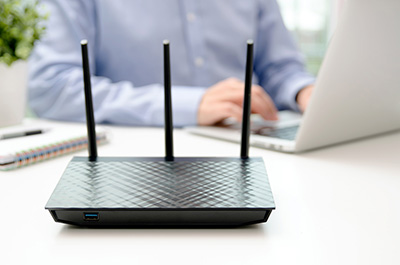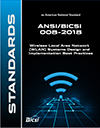BICSI International Standards Program

ANSI/BICSI 008-2018, Wireless Local Area Network (WLAN) Systems Design and Implementation Best Practices

Growth in the WLAN market continues to enable new digital and business strategies and outcomes.
With the development of the 802.11ax protocol, WLAN systems are poised to deliver similar networking speeds commonly available through wired cabling. As wireless technology has also become an enabler for the rapid growth of the number of IoT and building intelligence devices, designing an effective ICT cabling infrastructure for today and tomorrow’s WLAN systems is no longer as simple as proving a cable to a single access point.
ANSI/BICSI 008 provides the requirements and recommendation for design and implementation of the structured cabling system supporting a WLAN. In addition, information is provided to assist the ICT designer in understanding concepts within wireless transmission for developing WLAN deployments. The information within BICSI 008 will also be of use to dedicated WLAN designers when planning locations for access points and how placement can be supported by the cabling infrastructure. Additionally, BICSI 008 was designed to work with other BICSI standards, such as BICSI 005 for ESS systems and BICSI 007 for intelligent building systems, enabling ICT cabling infrastructure solutions that are efficient and effective.
Table of Contents
1. Introduction
2. Scope
3. Required Standards and Documents
4. Definitions, Acronyms, Abbreviations, and Units of Measurement
5. Regulatory and Safety
6. Wireless LAN Systems
7. WLAN Cabling Infrastructure Design
8. Wireless System Implementation
9. Site and Functional Considerations
10. System Integration
11. Commissioning
Appendix A: Wireless Personal and Body Area Networks (PANs and BANs) (Informative)
Appendix B: Related Documents (Informative)



